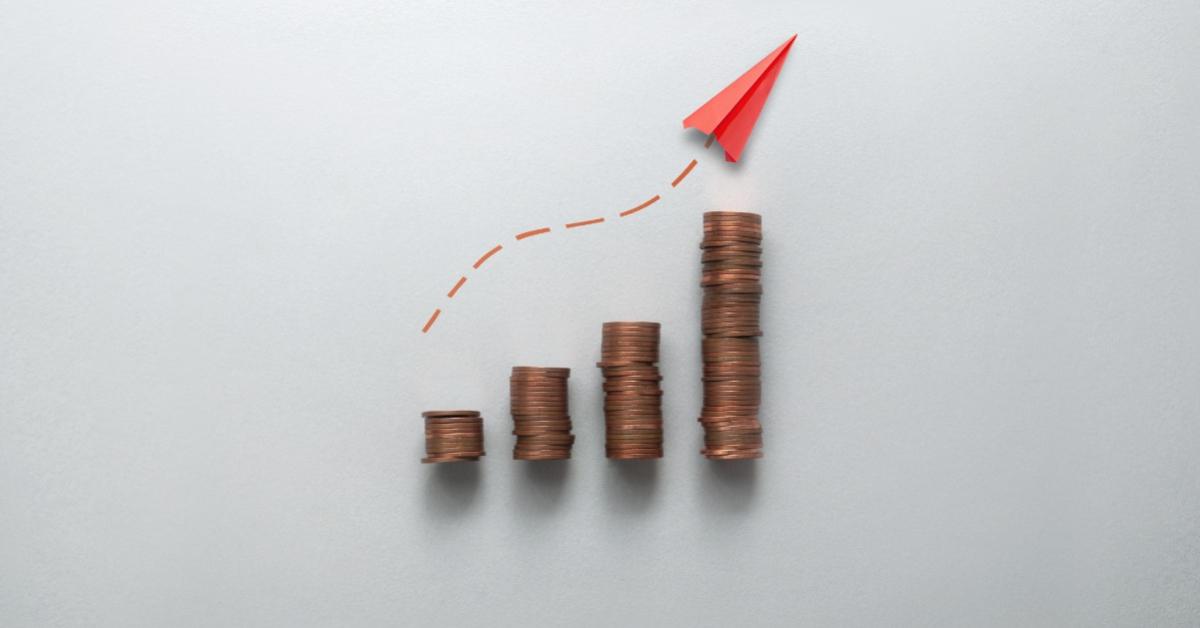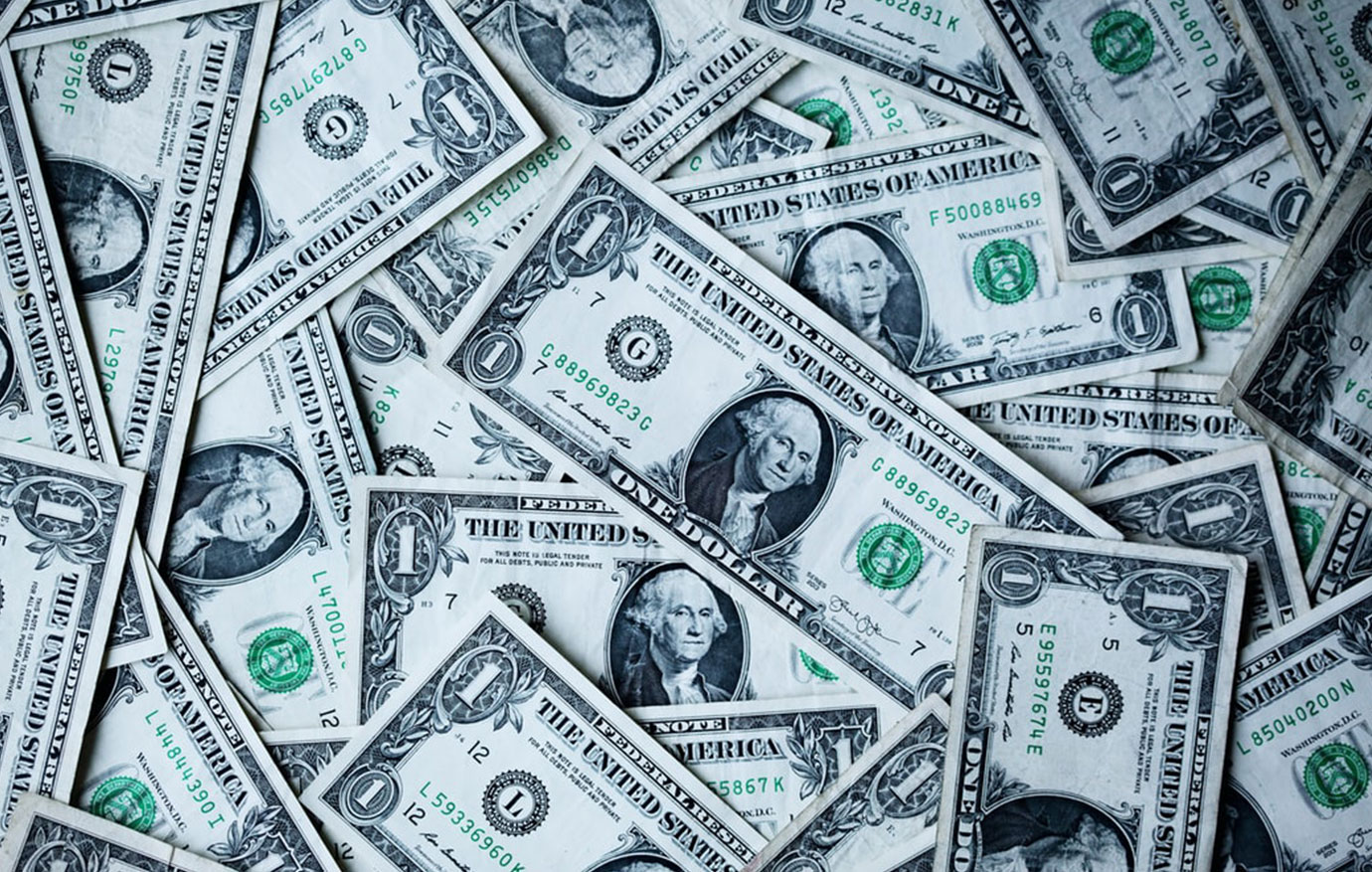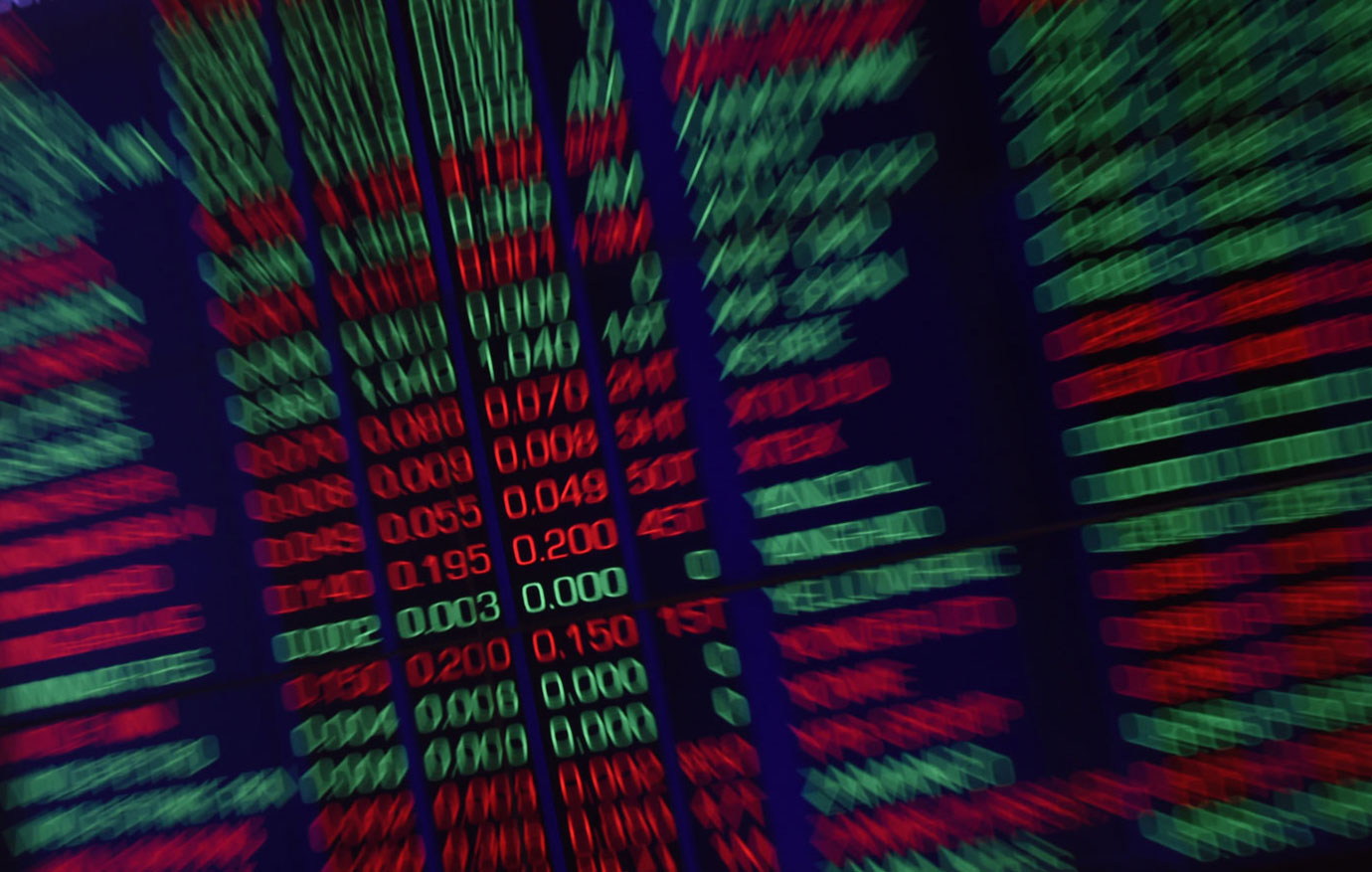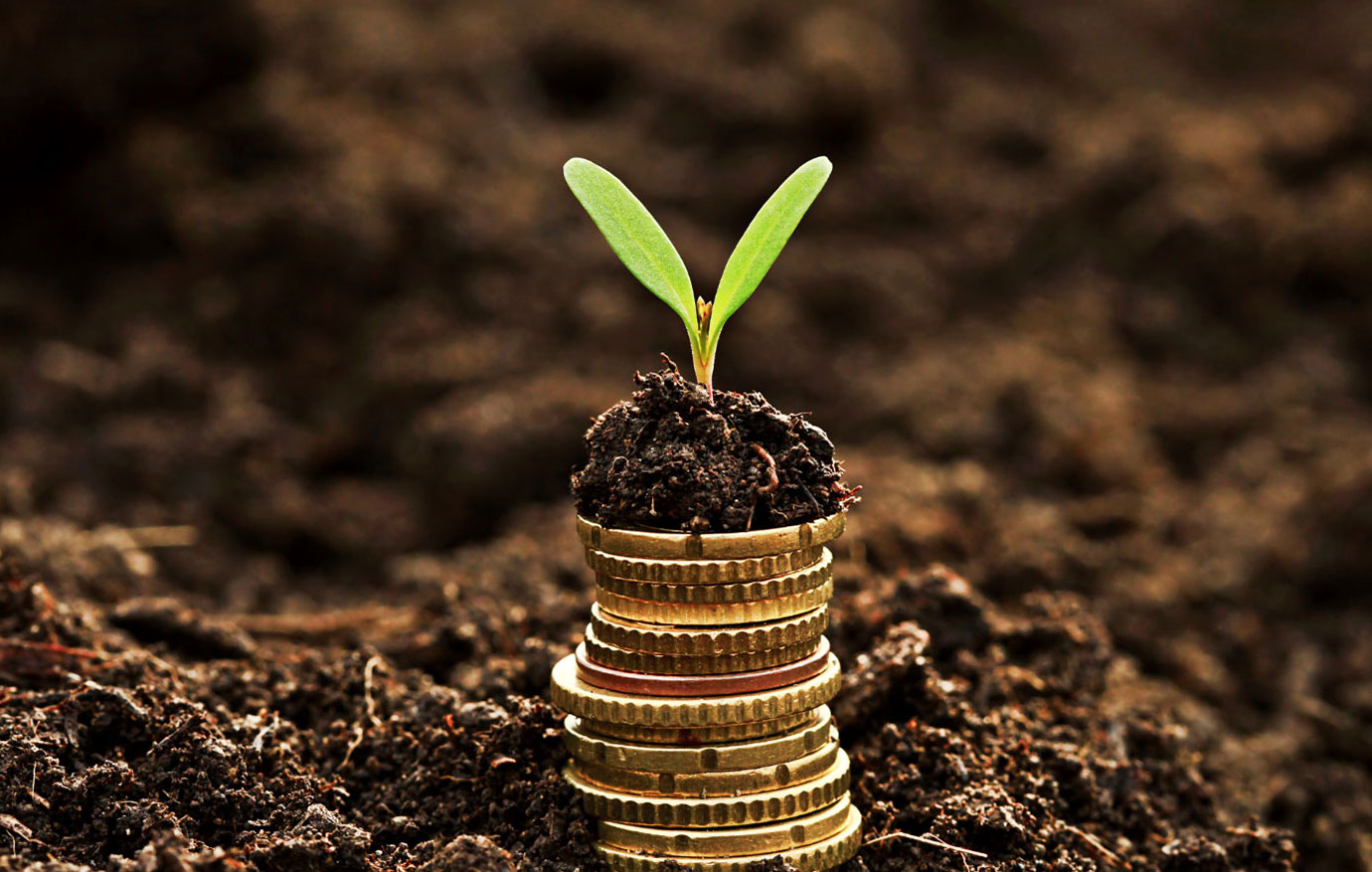
In Defense of Covid “Price Gouging”
The recent inflationary episodes in the USA have led to the emergence of several different explanations, ranging from overexpansion of the money supply to supply-side constraints, not to mention the role of rising markups along with price gouging and greed for profits. Each emphases the unique role that the category has played in the elevated price level.
However, the various explanations are more than alternative accounts of the same phenomenon. The latter phenomenon of rise in markups, so-called price gouging, and elevated profit levels being experienced today are, in effect, results that have arisen out of adjustments between market participants in response to the unexpected shock of increased “real scarcity” through sudden increases in effective demand because of expansive fiscal and monetary policies.
Covid inflation and expansionary monetary policy
The unemployment rate in the US was 3.5 percent in February 2020 before the stringent lockdowns were implemented and production was effectively closed, except for “essential” services selected by the government. Following the draconian lockdowns and government-mandated closures of production, unemployment skyrocketed to levels unseen since the great depression of the 1930s. Real GDP fell by 4.1 percent in the first quarter and subsequently by 29.9 percent in the second quarter and since the demand for labor is a derived demand for output, the unemployment rate increased from 3.5 percent to 4.4 percent in March and to 14.70 percent in April.
Many economists predicted a fall in the level of output and employment due to a total collapse in consumer spending. These sentiments were bolstered by their belief in the “paradox of thrift” (where an increase in savings causes a reduction in the spending that the economy depends for growth), and as a result, they had advised the governments to hand huge monetary help to consumers.
Thus, consumers had more money at their disposal than they had previously or would have had if they lost their business or their job. This was a problem from the beginning, as the real purchasing power of money in terms of actual goods did not increase corresponding with the distribution of fiat money. There was, instead, a redistribution from savers to people who had received the additional help.
It led to various efforts by both congress as well as the fed to adopt an expansionary monetary stance. First by an outgoing trump administration who signed a $900 billion pandemic relief package and later by the Biden administration who ensured new fiscal spending of around $1.9T of stimulus, which included another $1,400 in cheques.
The combination of these factors meant additional consumer income was spent by consumers on increasing their consumption, which sporadically jumped during lockdowns, while the flow of output decreased due to the closure of production in form of lockdowns. According to the Bureau of Labor Statistics, when the pandemic began, consumer spending in the second quarter of 2020 had fallen and was down 9.8 percent from the same period in 2019.
One year later (post-injection of monetary stimulus), however, consumer expenditures were 15.7 percent higher than a year earlier. Consumer expenditures in the first and second quarters of 2021 were even higher than in the first quarter of 2020, which was largely unaffected by the pandemic because it began late in the first quarter.
Prices and Market adjustment to the expansionary shock
The facts of economic life that we see around us at any point in time in form of quantities of goods, and prices are the result of a process of coordination where order appears spontaneously out of the voluntary interactions of millions of economic agents each economizing on resources and pursuing their own private good. Individuals acting as consumers choose particular goods and services on the basis of their preferences which are in turn dependent on their past learning experiences with those products as well as expectations about their future availability and future price. Similarly, producers and sellers operate their production and output plans based on historical demand, historical availability of their inputs at particular prices, and future expectations about the same.
The smooth functioning of the market thus depends on the degree of coordination of plans between various market participants, the order which emerges out of such coordination also depends on the regularity and surrounding economic environment, for example, a producer would be able to better carry out his plans and coordinate with its buyers and suppliers if there were no sudden jumps in prices of his inputs and output.
The effect of lockdowns and covid led to disruptions in supply chains and production. The capacity utilization index does a great job of highlighting the effects of lockdown on a fall in production activity. The capacity utilization index (which measures the output currently produced as a percentage of its full capacity) dipped below 65.0 percent, whereas in the United States, the long-run average (1972–2019) has been 80.1 percent. The index during the lockdown was just 1.9 percentage points above its trough during the Great Recession of 2007-09.
The resultant increased consumption due to the increased money balances with the public as a result of expansionary monetary and fiscal policy in effect led producers to ramp up production to meet this demand eventually, which led to increasing demand for the inputs that those companies use. But the producers of these inputs did not see any reason to increase their production level or capacity from previous periods because their supply being dependent on final consumer demand was not expected to experience increasing levels during lockdowns. These expectations were only genuine as such increases in consumer demand would have been impossible without the government’s monetary intervention which was unforeseen and was at best temporary.
This growing scarcity of real goods and available labor versus the corresponding demand for labor and goods in turn led market participants to form future expectations concerning present and future scarcity. The rise in prices during such times acted as coordinating signals, that had the specific role to signal increasing relative scarcity which should have in turn conveyed crucial information about important economic data scattered around in a decentralized manner to bring forth more supply.
Price increases by economizing firms in response to increased conflict over existing and future distribution of resources were necessary as without such increases there would be forthcoming shortages of the goods as a whole in the market due to excess demand, this is due to the fact that higher prices also incentivize increasing production capacity for prospective profits and lower prices in light of increasing scarcity creates more demand than can be brought forth at those prices.
Thus, in light of such considerations, the actions of firms increasing their markups over cost in response to increased demand turns out thus to be an equilibrating action consistent with the role of prices signaling relative scarcity. However, had there been no artificial expansion of the money supply, there wouldn’t have arisen the conditions which later led to jumps in markups and profits.



